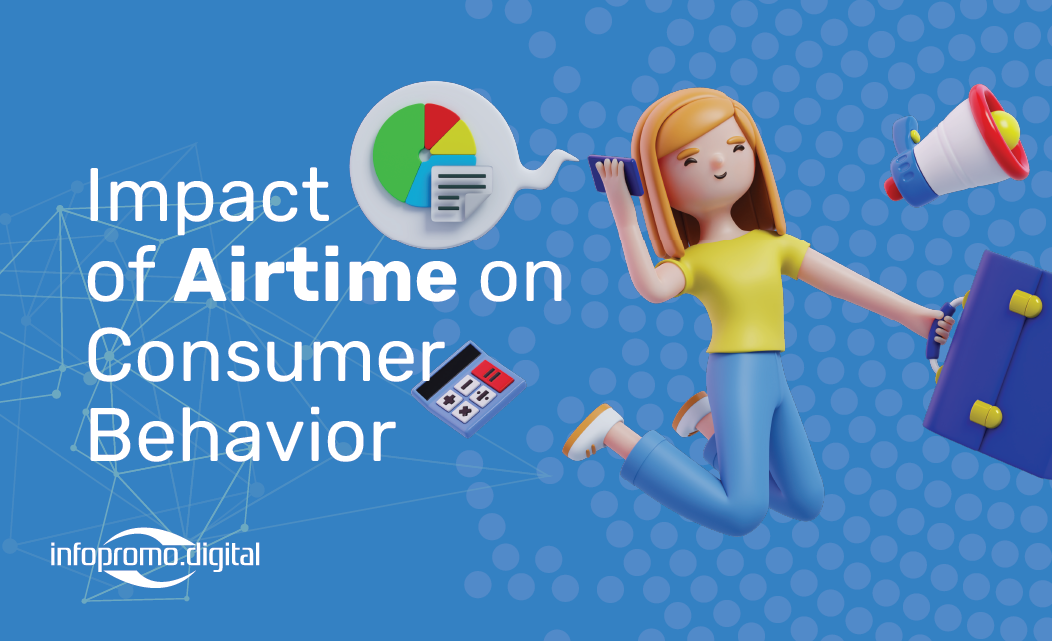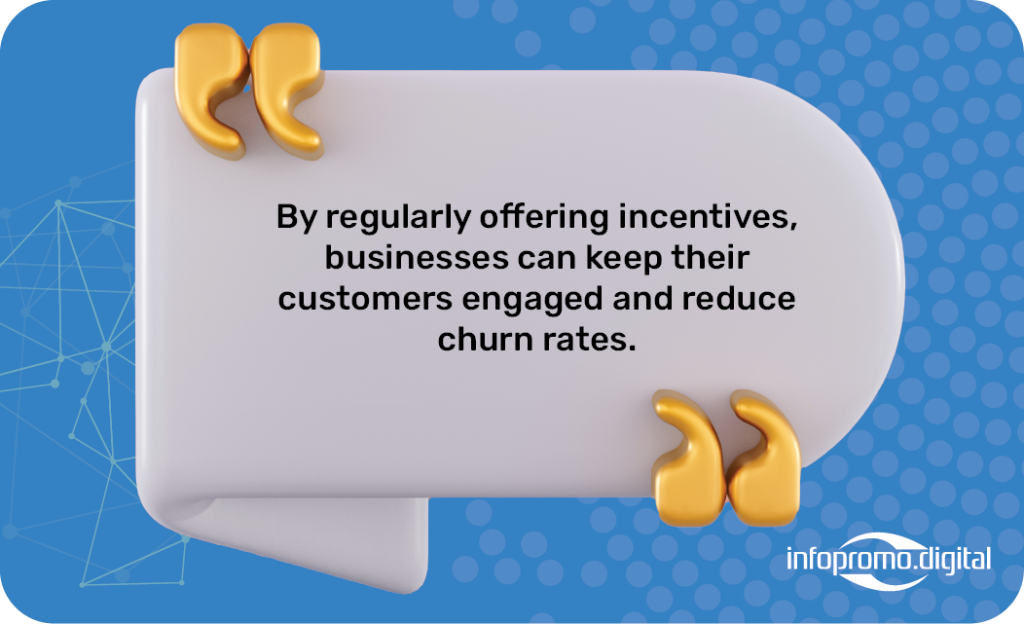
In today’s fast-paced digital world, airtime incentives and promotions have become powerful tools for influencing consumer behavior. As mobile usage continues to soar, businesses are leveraging airtime rewards to attract and retain customers. This blog delves into the impact of these strategies, offering insightful analysis and real-world case studies that demonstrate their effectiveness.

Understanding Airtime Incentives
Airtime incentives refer to the free or discounted call, text, or data services provided by mobile operators to encourage usage or loyalty. These incentives can take various forms, including bonus airtime for recharges, free data on purchases, and promotional offers tied to specific behaviors like signing up for a service or referring friends.
The Psychology Behind Airtime Promotions
Consumers are inherently attracted to value and rewards. Airtime promotions tap into this psychology by offering immediate gratification. The sense of getting something extra for the same price can significantly influence purchasing decisions. This is particularly effective in emerging markets, where mobile usage is high, and consumers are highly cost-sensitive.
Case Study: Airtime Rewards in Africa
In Africa, where mobile phones are a primary mode of communication, airtime rewards have shown remarkable success. For example, a leading telecom operator introduced a campaign offering bonus airtime for every recharge. The result was a substantial increase in both the number of recharges and overall customer satisfaction. This case study highlights how airtime incentives can drive customer engagement and boost revenue.
Impact on Consumer Loyalty
Airtime promotions not only attract new customers but also foster loyalty among existing ones. By regularly offering incentives, businesses can keep their customers engaged and reduce churn rates. This is particularly important in highly competitive markets, where retaining customers is just as crucial as acquiring new ones.

Future Trends and Innovations
As technology evolves, so do airtime promotions. Future trends may include more personalized offers based on consumer behavior and preferences. Additionally, integrating airtime rewards with mobile payment systems could provide a seamless experience, further enhancing consumer satisfaction.
Conclusion
Airtime incentives and promotions are more than just marketing tactics; they are strategic tools that can significantly influence consumer behavior. By understanding the underlying psychology and leveraging real-world examples, businesses can effectively use these incentives to drive growth and loyalty. The insights and case studies presented in this blog underscore the power of airtime promotions in shaping consumer behavior.




